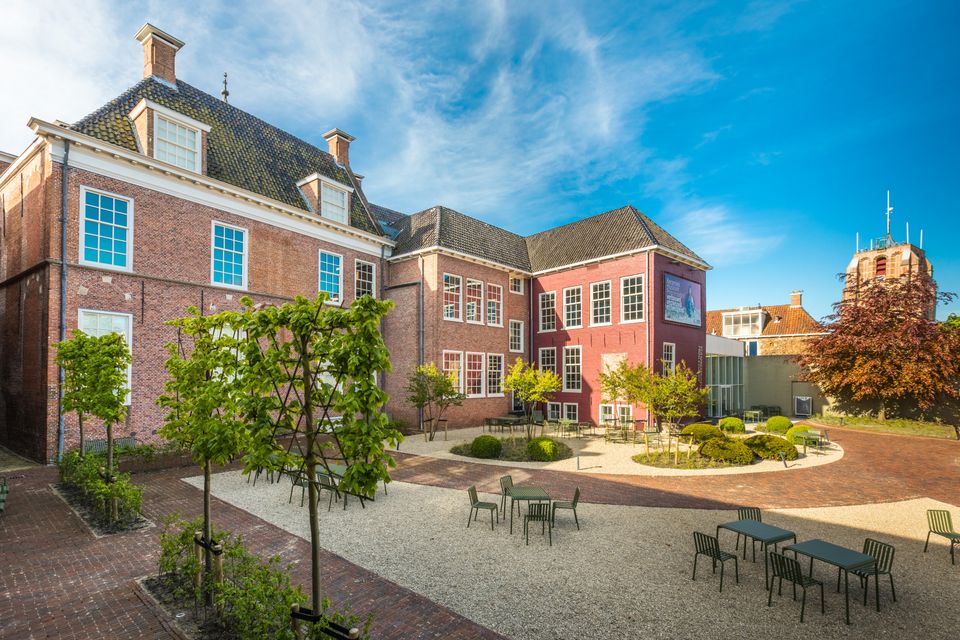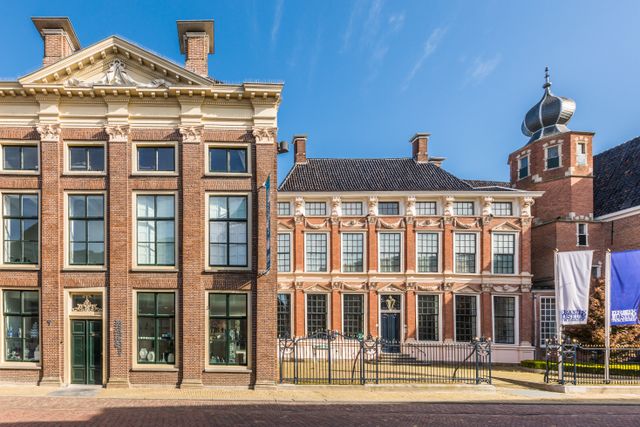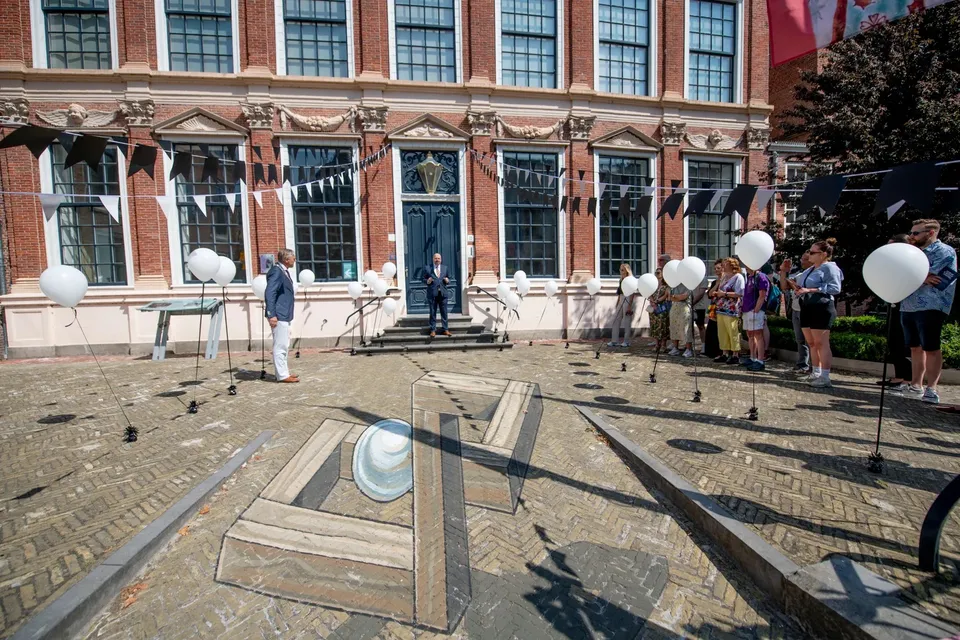At home with Escher

In Leeuwarden, history, culture and art often go hand in hand. Here, in the heart of our charming city, for instance, the story of one of the most intriguing artists of the 20th century began: M.C. Escher. On 17 June, 1898, Maurits Cornelis Escher (nickname: Mauk) was born in the historic Princessehof in Leeuwarden. This beautiful city palace, now a museum of ceramics, was the young Escher's first home. Although he spent only five years in Leeuwarden, the city would make a lasting impression on him. Leeuwarden, with its rich culture and history, provided an inspiring backdrop for his early childhood.
Netherlands
Escher grew up in a well-to-do family. His father was a prominent civil engineer and his mother had an artistic background. This combination of technical precision and creative flair would later become visible in his work. After they moved to Arnhem, Escher developed a passion for drawing, despite his difficult school career.
His artistic talent flourished while studying at the School for Architecture and Decorative Arts in Haarlem. Here he met his teacher Samuel Jessurun de Mesquita, who had a profound influence on him. De Mesquita taught Escher the intricacies of graphic art, which led to his love of woodcuts and lithographs.
Going abroad
In the 1920s, Escher embarked on a series of trips through Italy and Spain, where he became fascinated by Moorish art and architecture. Especially the intricate mosaics of the Alhambra and the Mezquita in Cordoba left an indelible impression. These trips inspired him to create his signature tessellations and optical illusions.
Escher settled in Rome in 1923, where he married Jetta Umiker. The couple had three sons and enjoyed the Italian landscape, which often served as the subject for his prints. During this period, he developed his unique style, playing with perspectives and impossible constructions.

Political instability in Europe in the 1930s and 1940s forced the Escher family to move to Switzerland, Belgium and eventually back to the Netherlands. Despite these wanderings, Escher continued to work tirelessly on his art. This period saw the creation of some of his most iconic works, such as Relativity and Day and Night. His art, full of mathematical precision and visual magic, attracted the attention of mathematicians and art lovers around the world.
Maurits Cornelis Escher was not only a master of his craft, but also a thoughtful and introspective man. He spent a lot of time in his studio and had a deep interest in music, nature and science. His correspondence with mathematicians testifies to his curiosity and intellectual depth, despite never seeing himself as a mathematician.
And back again
In the 1950s and 1960s, Escher's international fame grew. His work was exhibited in leading museums and galleries around the world. Escher's fascinating images, which blurred the boundaries between reality and illusion, resonated with a wide audience.
Even today, his work is still hugely popular. The graphic precision and rhythm of his work is a great source of inspiration for many artists and his work still attracts many interested visitors. Today, the largest collection of his work can be found in The Hague, at the Escher in het Paleis museum. In 2018, Escher on tour was a major exhibition of his work at the Fries Museum.
At home with M.C. Escher
Escher died on 27 March 1972 in Hilversum, but his legacy lives on. Leeuwarden still proudly honours him. The Princessehof, where his life journey began, houses an exhibition dedicated to his life and work. Here visitors can be enchanted by Escher's world and discover the wonders of his art. Thuis bij M.C. Escher, uses childhood photos, objects and a documentary to reveal the connection between Escher and the Princessehof. You will also find out what influence ceramics had on Escher's artistry. Curious? Visit the ceramics museum.


